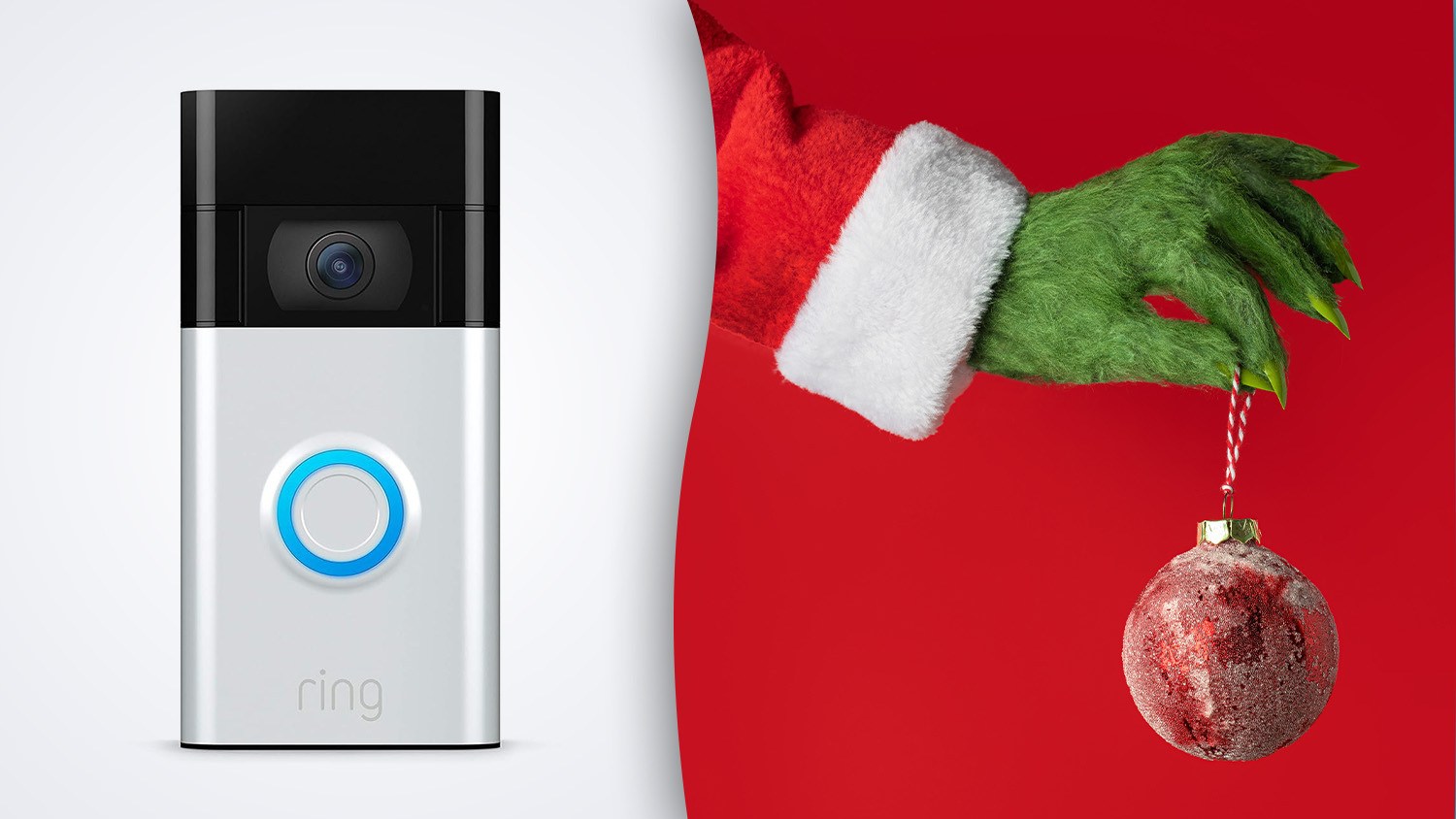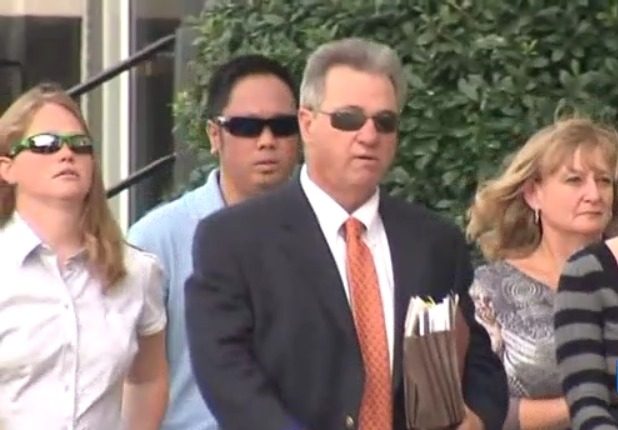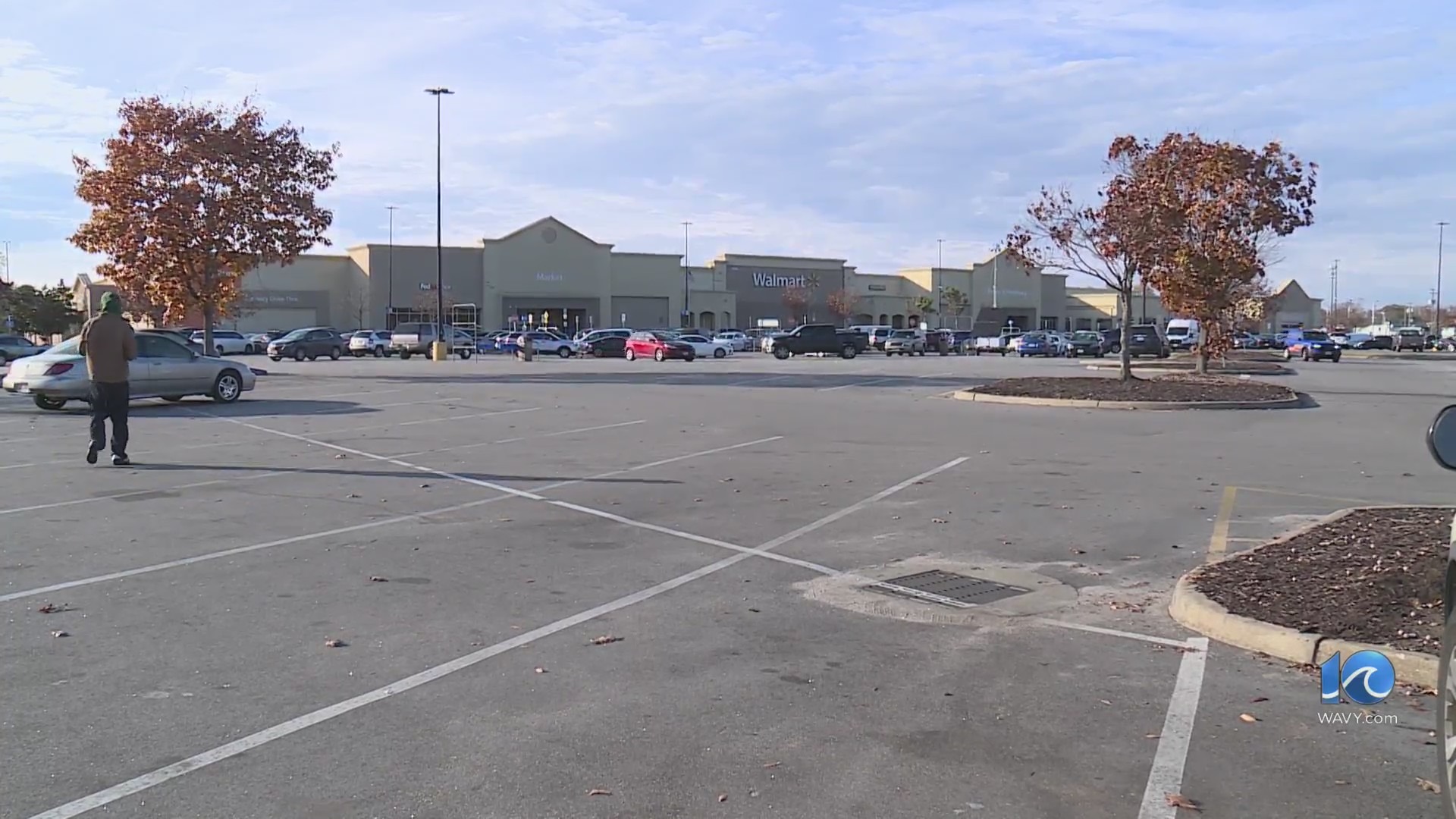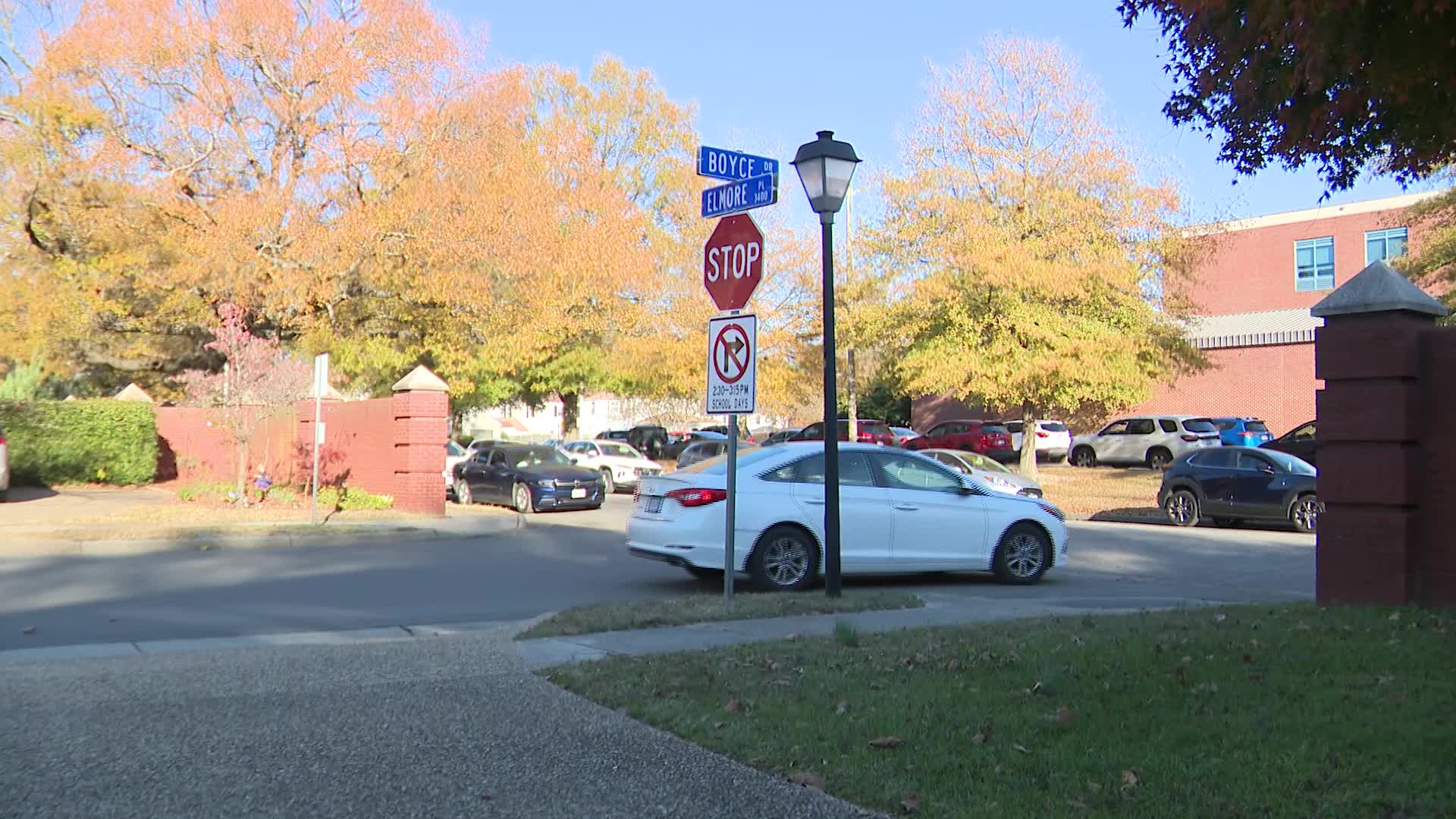NORFOLK, Va. (WAVY) — Sentara Norfolk General Hospital is highlighting the danger drones and lasers pose to its Nightingale air ambulance, which takes about 750 flights per year.
Pilot Jason Hellauer said this can create a danger zone when they are hurrying to save lives, as drones are difficult to spot and lasers can be disorienting at night to a pilot’s eyesight.
“So starting with drones, it’s actually very difficult, if not impossible, for us to spot a drone in the sky, which is one of the reasons why it’s so dangerous, particularly during the critical phases of flight for us, because [it’s] very difficult to see,” Hellauer said. “The only time I’ve personally seen one is when we were at a slow speed coming in to land at a landing zone. We saw it and we actually had to do a maneuver to actually go around and come back around and clear the drone before we come to land, so [it’s] very, very difficult to see.”
Hellauer added that hitting a drone “could be catastrophic … depending on where it hits and what airspeed we’re at. It could do anything from minor damage to substantial damage to potentially injuring or killing everybody on the aircraft. So it’s a very serious concern.”
The pilot has night goggles that help to see better at night as well.
Hellauer calls for people to be aware of where you’re operating your laser or drone, as the Nightingale may also operate in places you may least expect, including high schools and streets.












